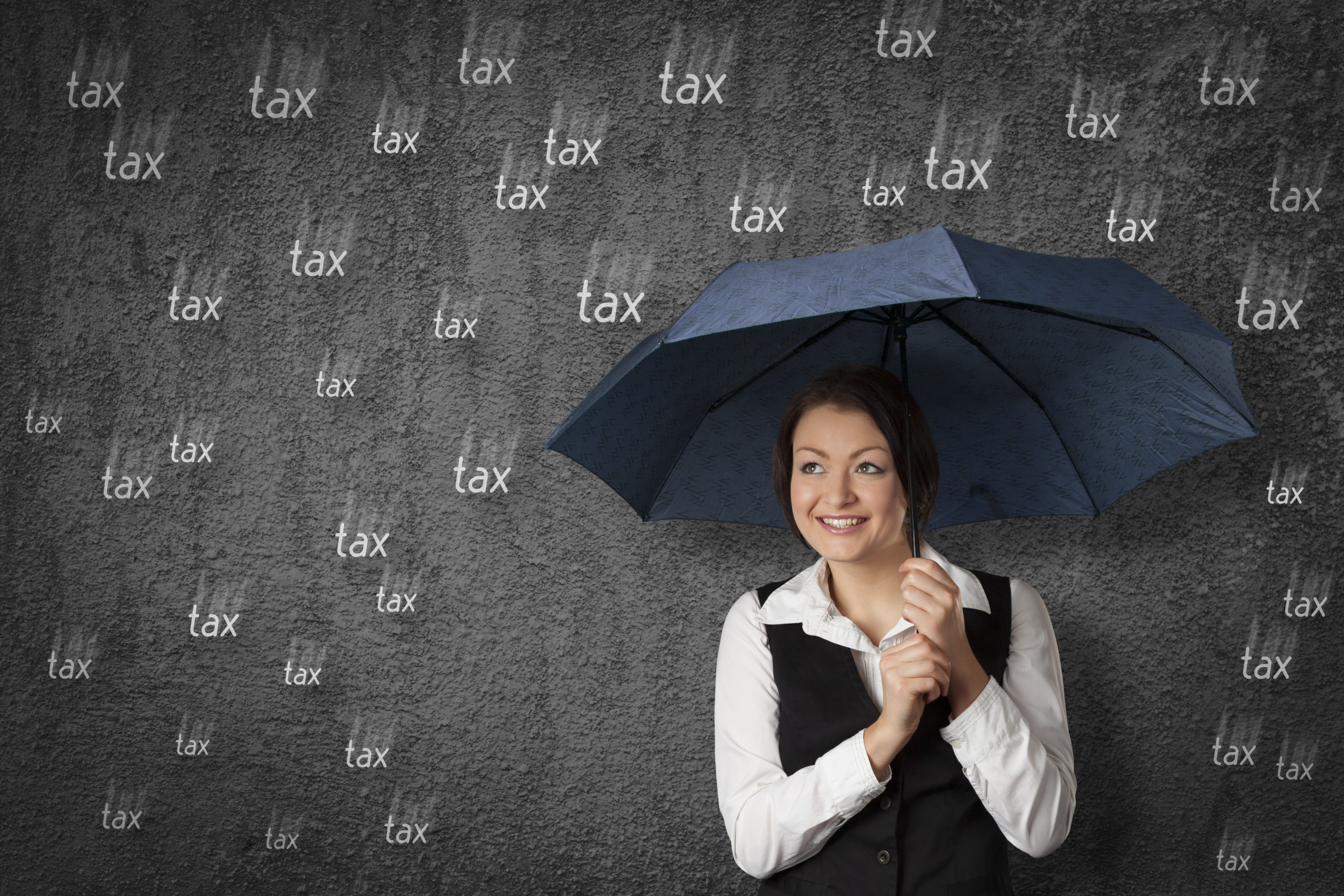The result of the Chancellor’s freeze on income tax thresholds is creating a series of tax cliff edge situations for middle income earners according to analysts. The Chancellor has made clear that the income tax thresholds will not change for a ‘few years’ following almost a decade of fairly regular increases which saw the personal allowance double to more than £12,000. But now that the thresholds between each of the tax rates is frozen, thousands of people are finding themselves paying more tax as their pay increases move them into the next bracket or create effective tax rates through loss of other income streams.
As we reported in December 22, the freeze on income tax thresholds was already going to result in more than 200,000 people move into the higher rate tax bracket alone, generating billions in extra tax receipts for the treasury whilst increasing the burden on individuals. But further analysis is now showing how small changes in income are creating some absurd tax cliff edge situations.
Child benefit
Families can only claim child benefit when both parents earn no more than £50,000 (gross) in a tax year, with dividends counting towards that income figure. If either parent earns over £50,000 the child benefit is initially clawed back through a tapering, but very quickly has to be repaid in its entirety through personal tax returns and adjusted tax codes. A family with two children will receive approximately £1,800 annually in child benefit and so an income of £49,999.99 means they keep all of that and remain as basic rate income tax payers. But an extra £271 of income will suddenly see the child benefit being clawed back and the individual having to pay higher rate tax, requiring them to earn almost £55,000 just to standstill.
So, an inadvertent breach of that £50,000 income figure can be costly. If this is triggered by a single one off peak in income, then it is easily resolved and will go back to normal the following tax year. However, a pay rise that takes an individual just beyond the £50k mark can create an increase in the effective tax rate as they lose some or all of their child benefit and pay higher taxes on part of their income. To make it worthwhile going beyond £50k an individual needs an income closer to £60k to enjoy any tangible increase in their net income, once the loss of child benefit and higher rate tax are factored in.
Loss of reliefs and free child care
Not all of the cliff edge situations result in a loss of actual income, but they can trigger a loss of certain reliefs or other benefits that would ultimately end up costing the individual to replace from their net income. In one example set out by The Mail’s Jessica Beard, a parent earning £99,999.99 could miss out on £20,000 worth of free childcare if their salary grows by as little as 1p. She makes clear that whilst this still represents a good income and puts people amongst the top 5% of earners in the UK, it flies in the face of the Chancellors budget ambition to keep and encourage more parents, particularly women, back into work after parental leave.
These cliff edge tax traps are in addition to the long acknowledged oddity of the tapered loss of personal allowance, as we outlined last year when we looked at the implications of earning over £100k. In that scenario we looked at the reduction in personal allowance which occurs between £100k and £125k creating an effective 60% tax rate. If you add this to the loss of childcare then there may be little incentive for individuals to push for a pay rise for fear of falling into hidden and expensive tax traps.
